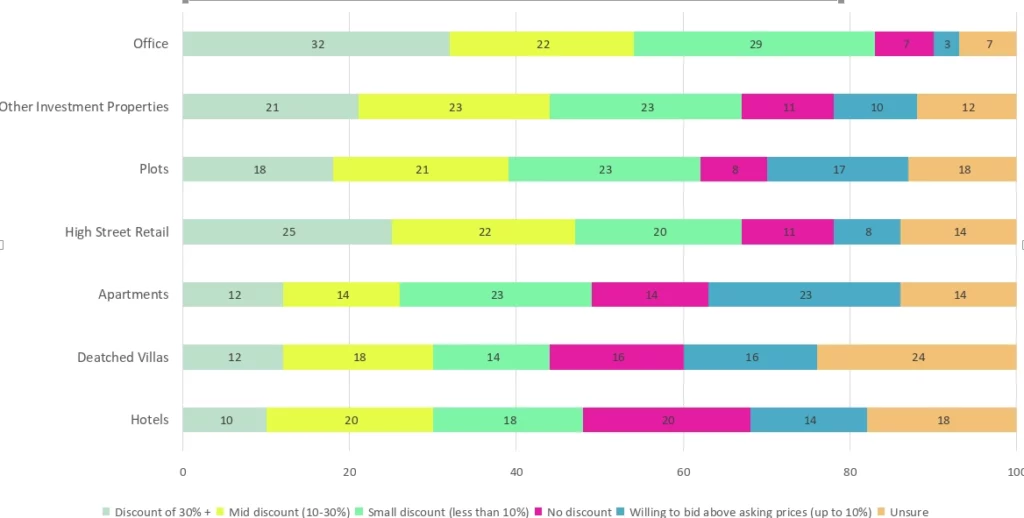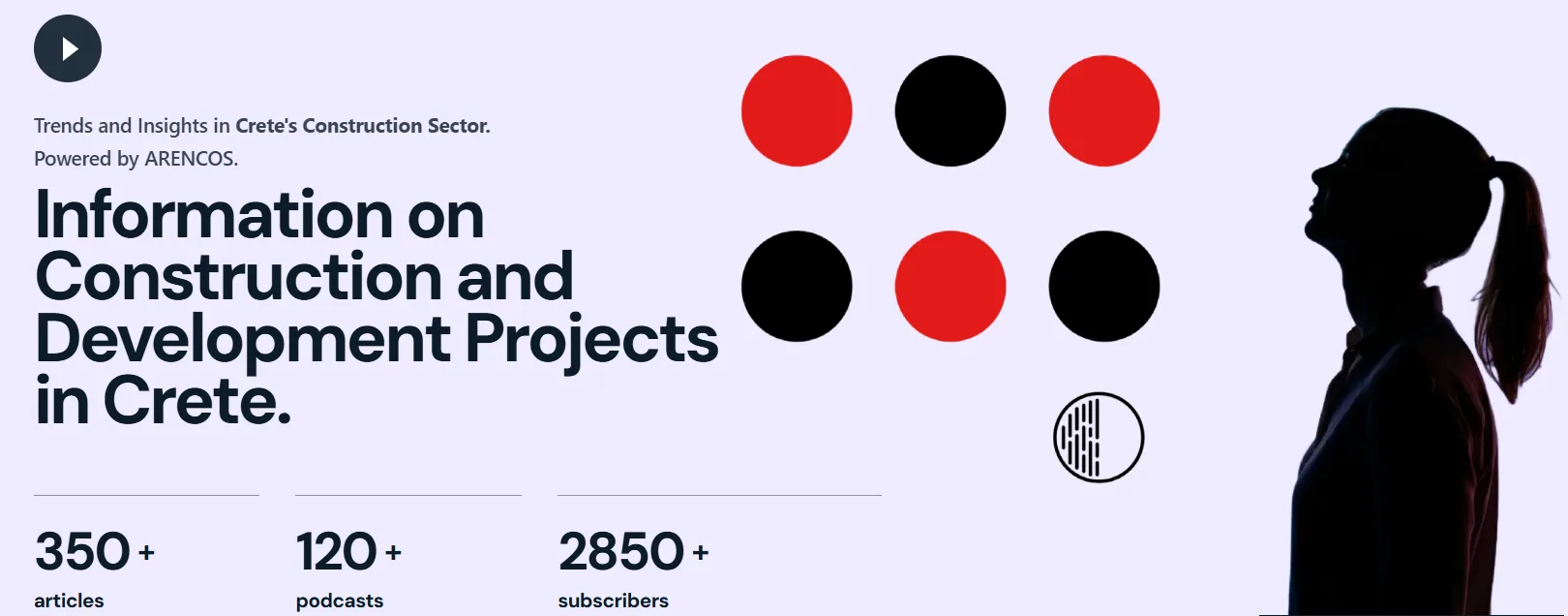Hedonic Price Model
ARENCOS' Approach to Professional Property Valuations & Appraisals
Accurately forecasting real estate prices is inherently complex, as each property is influenced by unique factors such as location, views, orientation, and surrounding environment. At ARENCOS, our approach to property valuation is built upon the Hedonic Price Model—a foundational methodology that we enhance by integrating internationally recognized property valuation standards.
Historically, real estate professionals relied on experience and a limited pool of recent transactions to estimate property values. While this method provided a general benchmark, it often lacked precision. The Hedonic Price Model, however, enables professionals to systematically analyze property attributes and their impact on pricing, leading to more accurate valuations as it relies on actual market prices and comprehensive, available data sets.
By incorporating advanced analytical techniques and aligning our methodologies with international standards such as IVS (International Valuation Standards) and EVS (European Valuation Standards), ARENCOS ensures a data-driven and transparent valuation process. This not only simplifies property appraisals but also enhances accuracy, allowing for informed decision-making in an ever-evolving real estate market.
At ARENCOS, we combine the precision of Hedonic Price Models with internationally recognized valuation standards to deliver accurate, data-driven property assessments—ensuring transparency, reliability, and informed decision-making in a dynamic real estate market.



